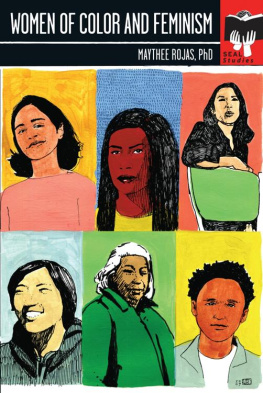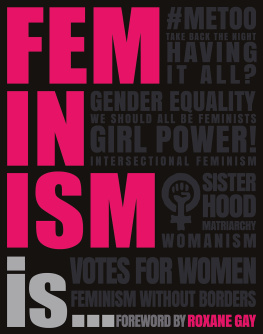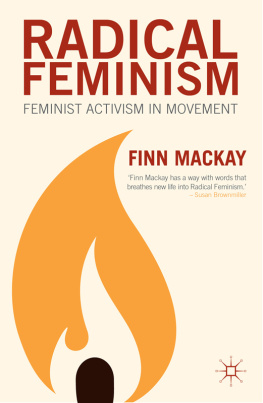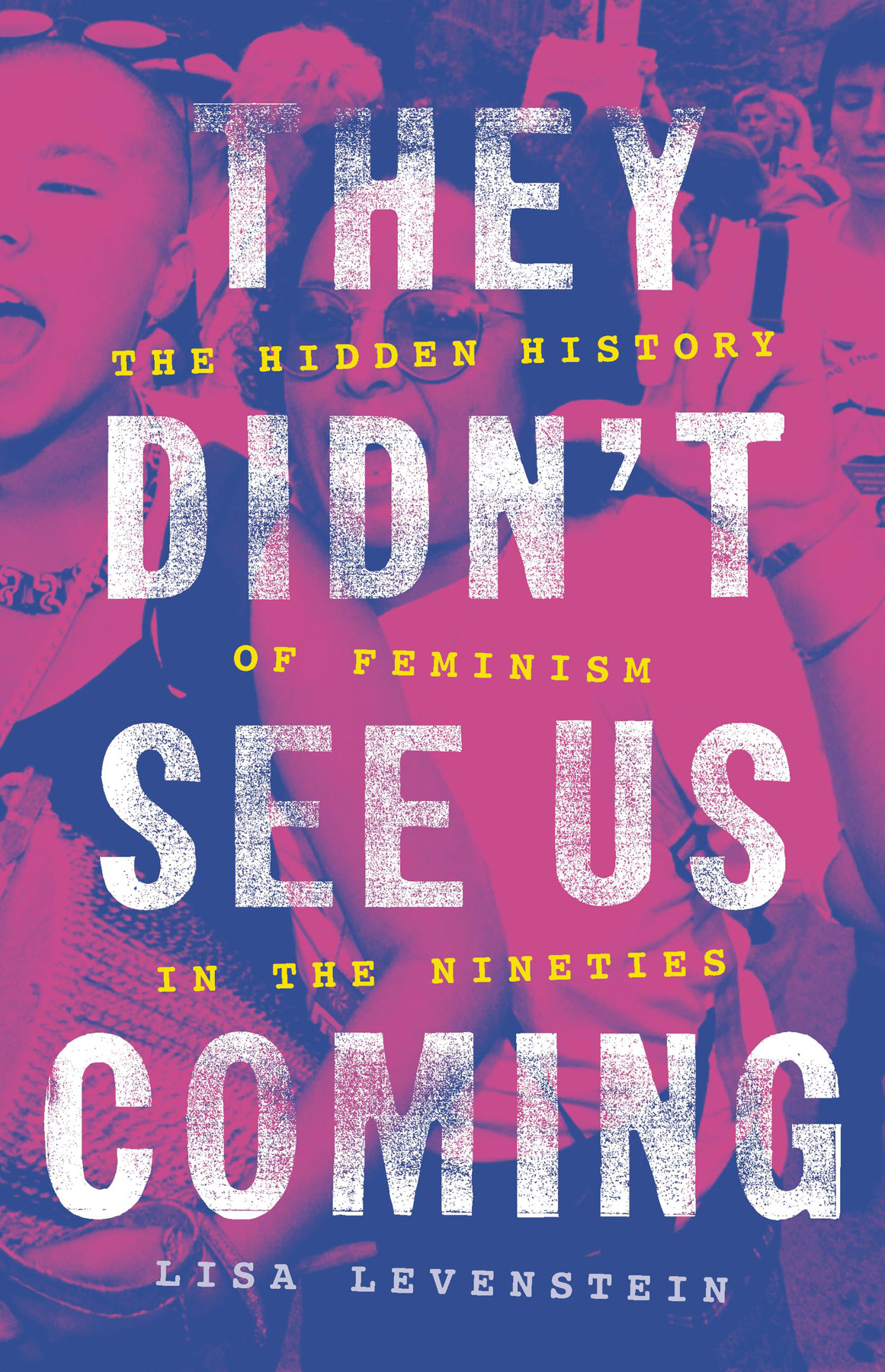On November 9, 2016, the night after Donald Trumps election as the forty-fifth president of the United States, a retired attorney living in Hawaii created a Facebook event page calling for a march on Washington. Before she went to bed, she had received around forty positive responses. By the time she woke up the next morning, more than ten thousand people had replied. After others began to post similar suggestions, four national organizers took charge and consolidated the effort. This Black, white, Muslim, and Latina leadership team announced a Womens March on Washington. The massive DC demonstration they helped create, along with sister marches held in more than six hundred US cities, drew over 3.3 million people. In a rousing speech delivered from a platform on Independence Avenue, the radical Black activist Angela Davis described the surging crowd representing the promise of feminism and called on people from all walks of life to join the resistance. Television cameras rushed to cover the largest single-day protest in US history.
How did a lone message on social media inspire the eruption of such passion? Some pundits pointed to Donald Trump. Before his
Trump certainly frightened those who valued gender equality and bodily autonomy. But millions did not take to the streets just because of him. What enabled such sudden and massive mobilizing was an unsung movement, one that had faded from the headlines but never ceased to organize and to evolve. The insistence of the marchers on the dignity of all people and their aspirations for a just world had been encouraged by a critical turn in one of the most influential and least understood social movements in history.
The feminism that helped shape the consciousness of millions in 2017 had distinct roots in the 1990s, a period in which the ideas and strategies of US women of color and activists from the Global South garnered increasing attention. Driving their activism was their steadfast belief that every social justice issue was a feminist issue and that the movement should focus on improving the lives of those most oppressed in order to make any meaningful progress. People had made these claims for decades. By the 1990s, growing numbers of activists of all backgrounds shared this worldview and had access to powerful virtual and institutional platforms. Many were embracing the internet as a new tool for communicating and networking. More and more people were turning social change-making into careers, embedding feminist thought and practices into the nations culture and institutions. They disseminated their ideas through universities as well as churches and remade other transnational social movements into hotbeds of feminist activity. Involvement with these multiracial and global forms of feminism stretched peoples minds and nourished their souls.
Paradoxically, as nineties feminism became ever more diverse and ubiquitous, much of the movement became almost wholly invisible to the public. But the stereotypes persisted. Very few people in the 1990s understood who most feminists were or what they were doing.
The lack of a single well-known definition of feminism made it particularly difficult to appreciate the movements scope. Many women of colorand growing numbers of white womenfollowed the lead of the Black lesbian-feminist Combahee River Collective, which in 1977 had argued that liberating Black women would result in freedom for all people because Black womens liberation required the destruction of all systems of oppression. But because no one definition ever emerged to supplant the popular imaginations outdated version of feminism (that is, of a movement primarily concerned with white womens equality with men), it was hard to succinctly describe what was happening.
It was not just the theories that were multiplying, so were the organizing strategies. Few onlookers recognized the growing numbers of feminists working as paid professionals rather than volunteers. And the media did not expect to find feminists pioneering the use of email and the internet to share their ideas. Nor did most journalists pay much attention to those who were promoting feminist perspectives from within other social movements or to the activists who were using a technique known as popular education to foster conversations about economic inequality. With so many different and unfamiliar forms of activism taking shape, much of the public assumed the movement was waning or fracturingeven as it was flourishing.
Throughout the 1990s, activists fiercely debated who feminism should represent and what strategies it should employ. Such disagreements proliferated not because feminism was losing its way but because so many different people increasingly felt invested in shaping the movement. People read feminist websites and attended womens conferences and workshops seeking communities of activists with similar goals, but they also craved exposure to new ways of thinking, including those that felt unsettling. The veteran Black womens health activist Loretta Ross pointed out that differences of opinion were an essential component of social justice organizing. A group of people moving in the same direction thinking the same thing is a cult, she observed. A group of people moving in the same direction thinking different things is a movement.
Activists needed an arsenal of strategies to do battle in a rapidly changing and unfriendly world. By the 1990s, conservative economics was pervasive, particularly the idea that the market was the most effective arbitrator of social and political decisions. Multinational corporations moved well-paying jobs to foreign cheap-labor sites, while Republicans and Democrats supported both a major disinvestment in social services and a drastic scaling back of financial regulations. These policies fostered a yawning gap between the ultrarich and the rest. Between 1978 and 1999, the top 0.1 percent of income earners increased their share of the national income from 2 percent to over 6 percent. The intensification of economic inequality went hand in hand with the rise in mass incarceration: between 1973 and 2004, the prison population grew from 200,000 to over 2 million, with another 4.5 million people on probation and parole.









